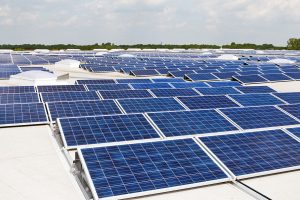Hello, Internet.
Recently in science we’ve been working on a project centred around creating a way to get electricity from nature. My group decided to use a water wheel to turn a hand generator.
During this unit, we learned about different kinds of energy, and different ways that people harness energy to power things in their everyday life. We learned about kinetic energy, or the energy of movement; potential energy, or the ability for something to have energy usually due to gravity; and thermal energy, or heat energy, where something heats up enough to produce energy. With the example of our water wheel, as well as actual hydroelectricity plants, we were harnessing kinetic energy from the moving water. This same concept could be applied to the use kinetic energy of rainfall, or wind (a common real life example of using wind for energy being wind turbines) to power our generator with the water wheel.
We also briefly talked about some kinds of energy that we put less focus on: chemical energy, where energy is produced via a chemical reaction (for instance, our bodies getting energy from food); light energy, where energy is created by radiation; and sonic energy, which is essentially the energy created by sound waves. We also talked about fossil fuels and fission and fusion, which are some common ways that people get energy for electricity, although less environmentally friendly than something like hydroelectricity or wind turbines. As one example of a way to get energy from nature, we discussed solar panels, which convert the energy from the sun into usable energy for humans, sort of like how plants convert energy from the sun into usable energy via photosynthesis.
While our water wheel powered generator wasn’t extremely powerful or efficient, having some way of harnessing kinetic energy on a small scale (like an equivalent of people putting solar panels on their roof to harness solar energy in sunnier areas) might be a good way to make use of the amount of rain we get here and be a little more environmentally friendly. Having a better-crafted version of the OOPWAH that utilizes the concentrated flow of rainwater running from a roof or drainpipe to power an electrical generator might actually be a reasonable product for an area as rainy as this, even if it only produces a small amount of energy at a time.
At the start of this unit, we went up to Mission to visit a water-powered generator. While there, we documented some of the things we saw.
We then applied our knowledge to creating our own projects.
Now that this unit has drawn to a close, I’ve created a mindmap to show my knowledge about energy, both from prior to this unit and my new learning.
Toodles!







